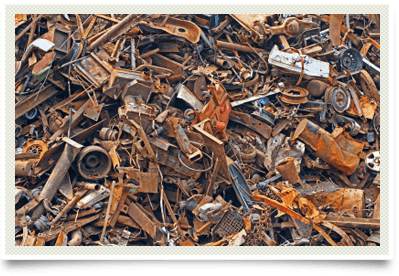
Intro to Heavy Metal Burden
Metal Poisoning
Acute heavy metal poisoning is fortunately rare today. However, the population is exposed to heavy metals in very small amounts via air, food, and water consumption.
These heavy metals bioaccumulate in the body over time and can create a variety of illnesses including:
- Autoimmune Illness
- Cancer
- Chronic Fatigue Syndrome / Fibromyalgia
- Cardiovascular Disease
- Neurologic Illness
An excessive total body burden of heavy metals can create stress on the body with resulting symptoms that are perceived as vague by most physicians.
The diagnosis of excessive heavy metal accumulation in the body is based on lab testing. As the test often requires pre-payment, Dr. Govett encourages patients to get the financial arrangements made prior to the testing. (The cash up-front price for this test is very reasonable.) Dr. Govett utilizes the standard CDC protocol environmental physicians use to assess the total body burden of heavy metals.
Pre- and Post-provocation urinalysis testing using oral chelating agents is used to evaluate for the total body burden of heavy metals. This is the same protocol used by the Center for Disease Control of the United States.
(This is the link to the CDC Website - the CDC Protocol information is found on page 230 of the Comprehensive PDF Document.)
Serologic testing is used in the acute setting for evaluation of acute exposures. Heavy metals are hidden by the body in a variety of organ systems, thus requiring the pre- and post-provocation urinalysis for total body load.
The treatment of an excessive total body load of heavy metals is based on identification and removal of the source of exposure and chelation therapy. Nutritional support and other therapies are used as well. It should be noted these treatments are not covered by health insurance.
